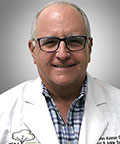Turf Toe: symptoms, treatments & prevention
- Published 11/1/2023
- Last Reviewed 12/1/2023
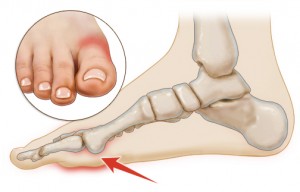
What is turf toe?
Turf toe is essentially a sprain or hyperextension of the primary joint in the big toe. It’s often related to how the toes bend firmly against the ground while the foot falls forward. If the ground isn’t shock absorbent, such as with pavement or turf, trauma and damage can occur. Turf toe is sometimes referred to as a jammed or sprained toe, though the condition is more specific than that.
More specifically, turf toe is an injury to the main joint of your big toe, known as the metatarsophalangeal joint (MTP), and the plantar complex in the ball of the foot. Located at the base of your big toe, the plantar complex consists of the MTP joint as well as the tissues, ligaments, and tendons that connect the metatarsal bone in your foot to your toe bone. While this injury can occur in the smaller toes, the American Academy of Orthopaedic Surgeons generally classifies turf toe as a big toe injury.
-
ABFAS® Board Certified in Foot Surgery at University Foot and Ankle Institute
Dr. Charles Kelman, DPM, is Board Certified by the American Board of Podiatric Surgery, as well as a Fellow of the America’s College of Foot and Ankle Surgeons. After attending California College of Podiatric Medicine, Dr. Kelman took his residency at Monsignor Clement Kern Hospital in Warren, Michigan.
Dr. Kelman, who entered into practice in 1980, specializes in forefoot surgery, sports medicine and rheumatology. He has volunteered as a Clinical Instructor at the Northridge Family Practice Residency Program since 1989. Dr. Kelman also donates his time at the Westminster Free Clinic.
 I have horrible feet. Bad DNA. My aunt and my mother have both had multiple surgeries. I had hallux rigidis in both feet and ne...Andrei M.
I have horrible feet. Bad DNA. My aunt and my mother have both had multiple surgeries. I had hallux rigidis in both feet and ne...Andrei M. Please provide handicap parkingBarry S.
Please provide handicap parkingBarry S. Dr. Ambibola Johnson is awesome!Laurie S.
Dr. Ambibola Johnson is awesome!Laurie S. I appreciate the care and timeliness of all my appointments I’ve had at UFAI. Gray, Lydia and the staff all are wonderful. Lydi...Edelmira G.
I appreciate the care and timeliness of all my appointments I’ve had at UFAI. Gray, Lydia and the staff all are wonderful. Lydi...Edelmira G. Very greatfull for the doctor and stuffJesus M.
Very greatfull for the doctor and stuffJesus M. Doctor was very caringBrigitte S.
Doctor was very caringBrigitte S. Everyone is terrific and helpful at both the Santa Monica and Sherman Oaks offices. Dr. Bob is especially patient with you and...John F.
Everyone is terrific and helpful at both the Santa Monica and Sherman Oaks offices. Dr. Bob is especially patient with you and...John F. Everyone is very nice and efficient-
Everyone is very nice and efficient-
Especially Dr Kelman. He takes very good care of me!!Claudia K. I met with Dr. Bob Baravarian with a broken ankle from a basketball injury. Moments after I injured the ankle and it started sw...Sam S.
I met with Dr. Bob Baravarian with a broken ankle from a basketball injury. Moments after I injured the ankle and it started sw...Sam S. Great costumer service.
Great costumer service.
Prompt and efficientDean W. No . I’m pleased with the care .Michael P.
No . I’m pleased with the care .Michael P. Appreciate the professionalism and expertise, as well as the caring.Stella G.
Appreciate the professionalism and expertise, as well as the caring.Stella G.
-
 Listen Now
Do Blood Pressure Medicines Cause Foot Pain?
Read More
Listen Now
Do Blood Pressure Medicines Cause Foot Pain?
Read More
-
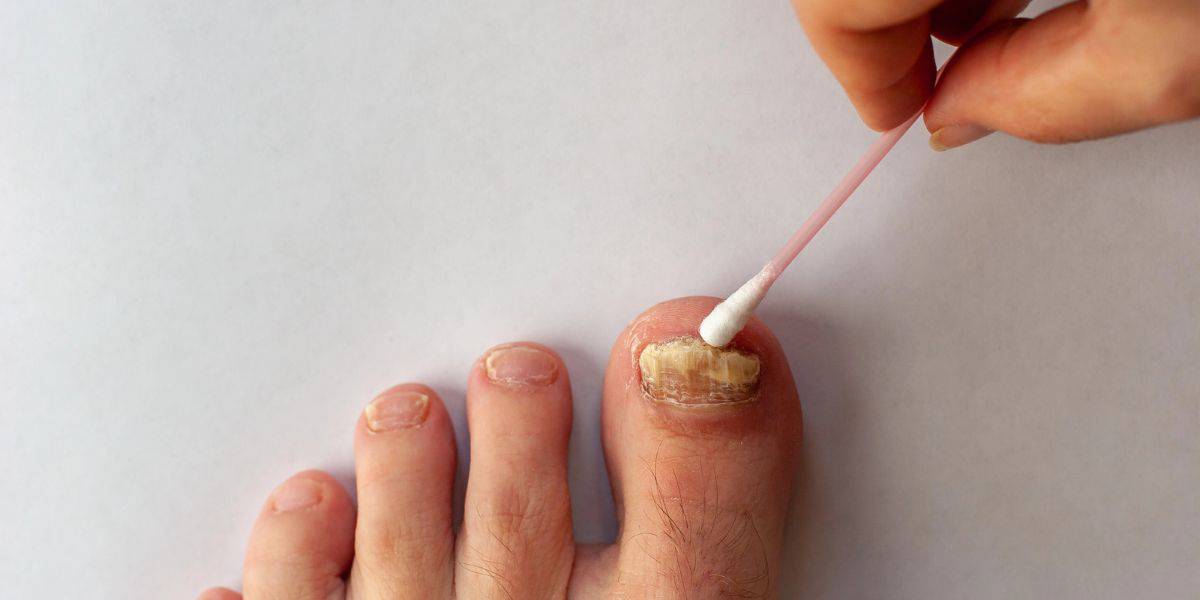 Listen Now
What To Do When Your Toenail Is Falling Off
Read More
Listen Now
What To Do When Your Toenail Is Falling Off
Read More
-
 Listen Now
Bunion Surgery for Seniors: What You Need to Know
Read More
Listen Now
Bunion Surgery for Seniors: What You Need to Know
Read More
-
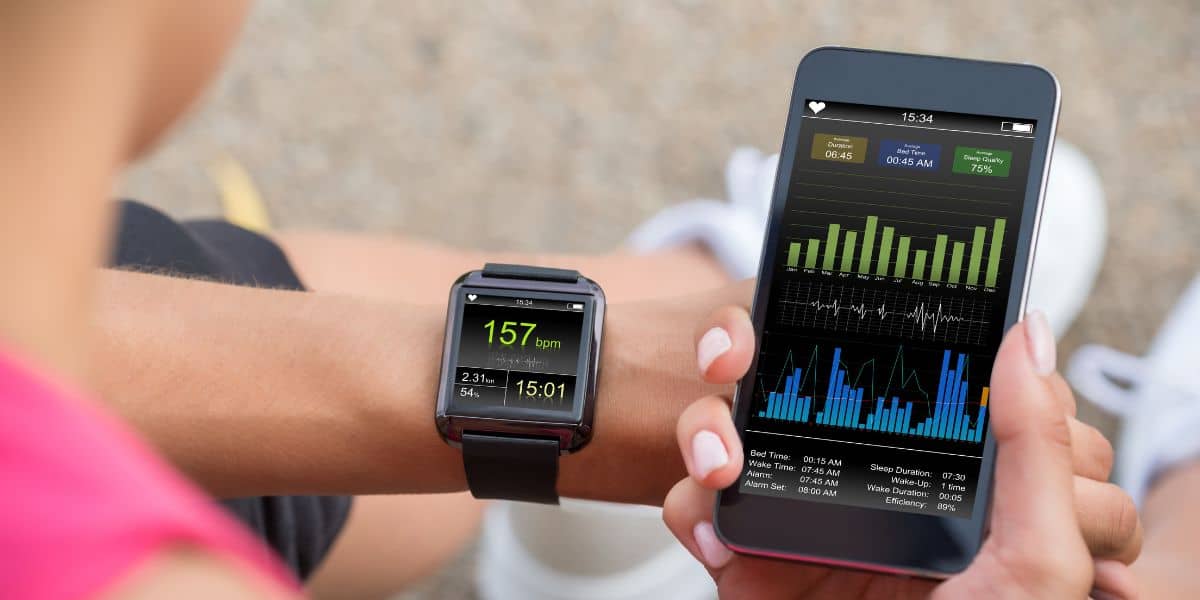 Listen Now
How Many Steps Do I Need A Day?
Read More
Listen Now
How Many Steps Do I Need A Day?
Read More
-
 Listen Now
15 Summer Foot Care Tips to Put Your Best Feet Forward
Read More
Listen Now
15 Summer Foot Care Tips to Put Your Best Feet Forward
Read More
-
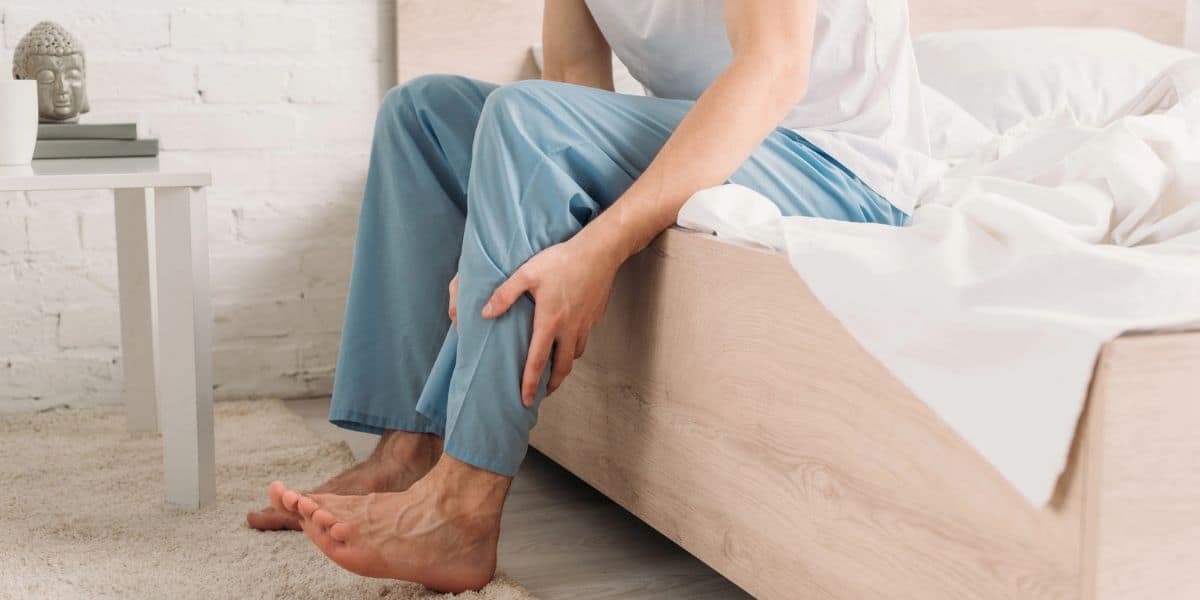 Listen Now
What Are Shin Splints?
Read More
Listen Now
What Are Shin Splints?
Read More
-
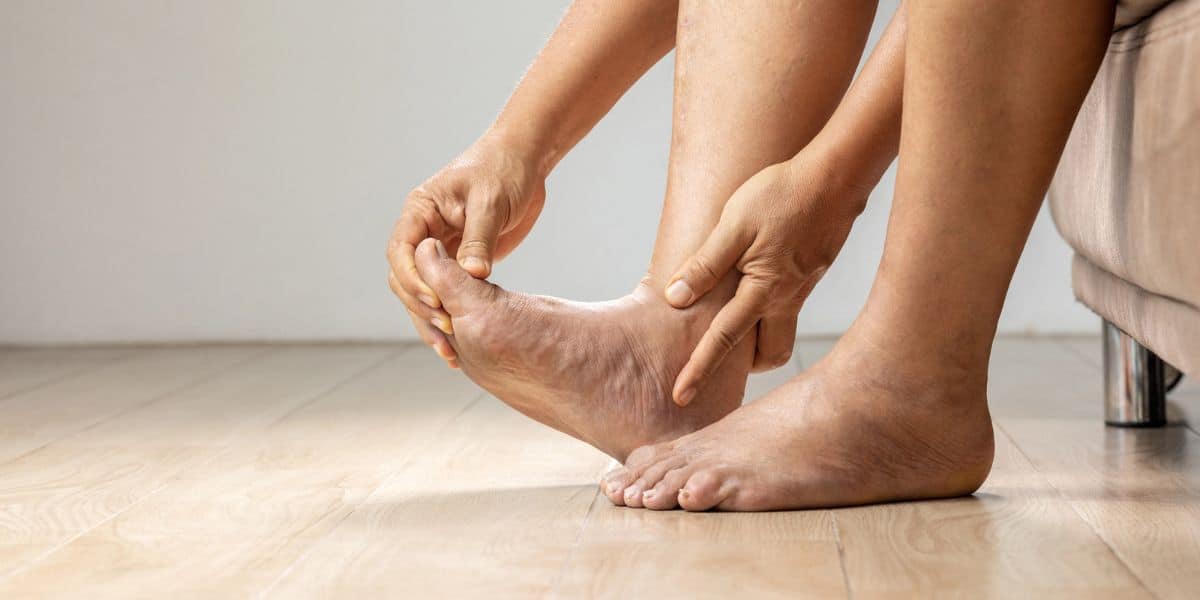 Listen Now
Top 10 Non-Surgical Treatments for Morton's Neuroma
Read More
Listen Now
Top 10 Non-Surgical Treatments for Morton's Neuroma
Read More
-
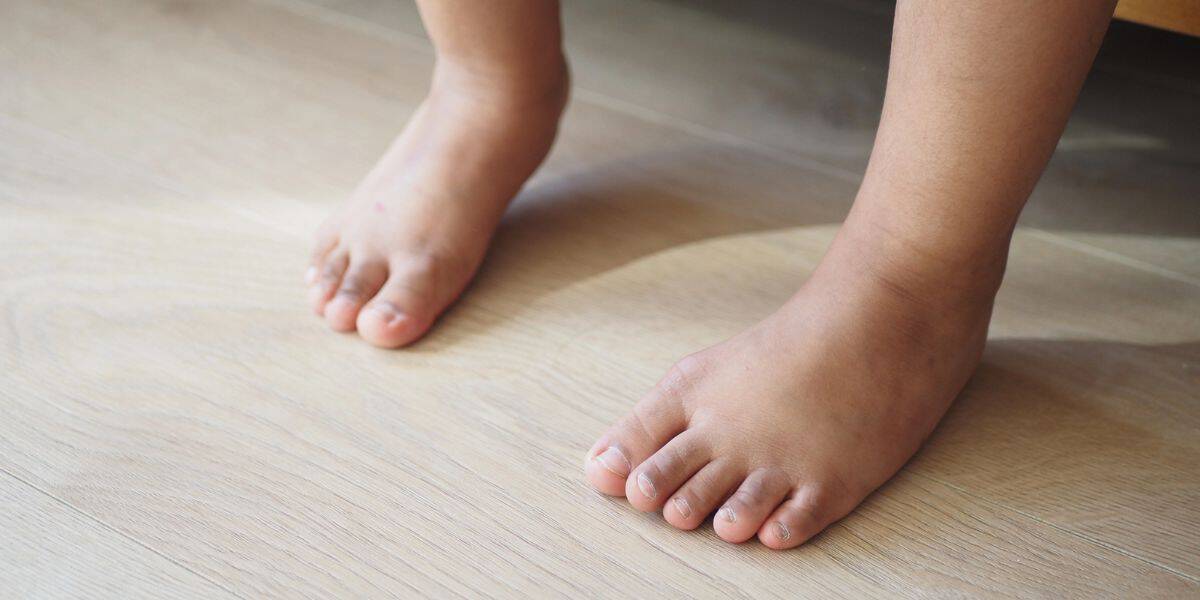 Listen Now
Pediatric Bunion Surgery
Read More
Listen Now
Pediatric Bunion Surgery
Read More
-
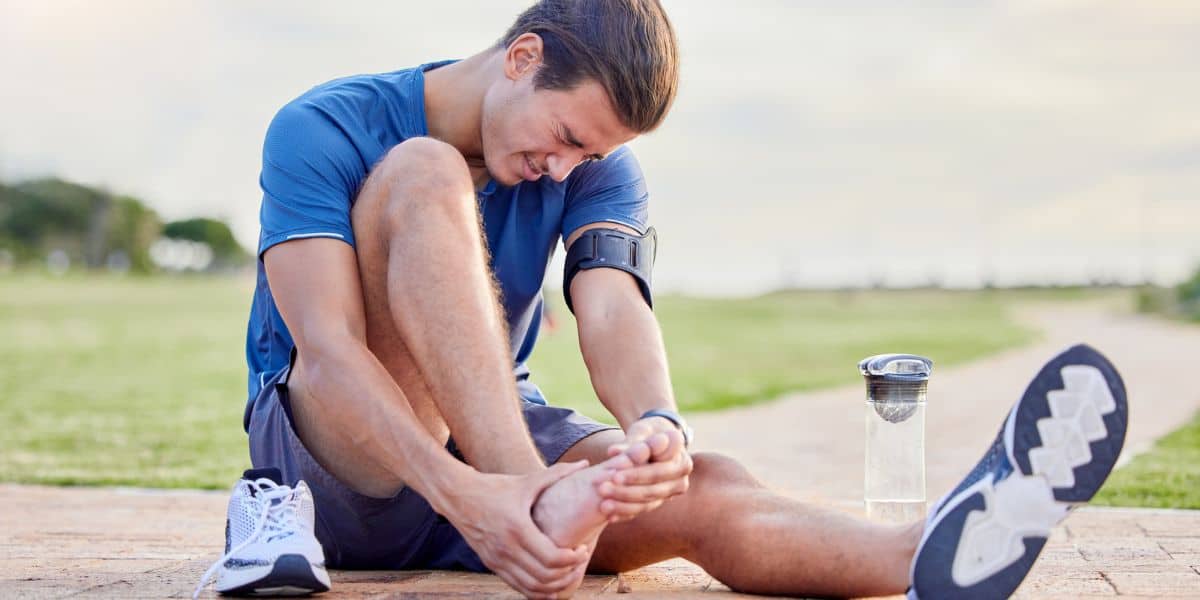 Listen Now
Bunion Surgery for Athletes: Can We Make It Less Disruptive?
Read More
Listen Now
Bunion Surgery for Athletes: Can We Make It Less Disruptive?
Read More
-
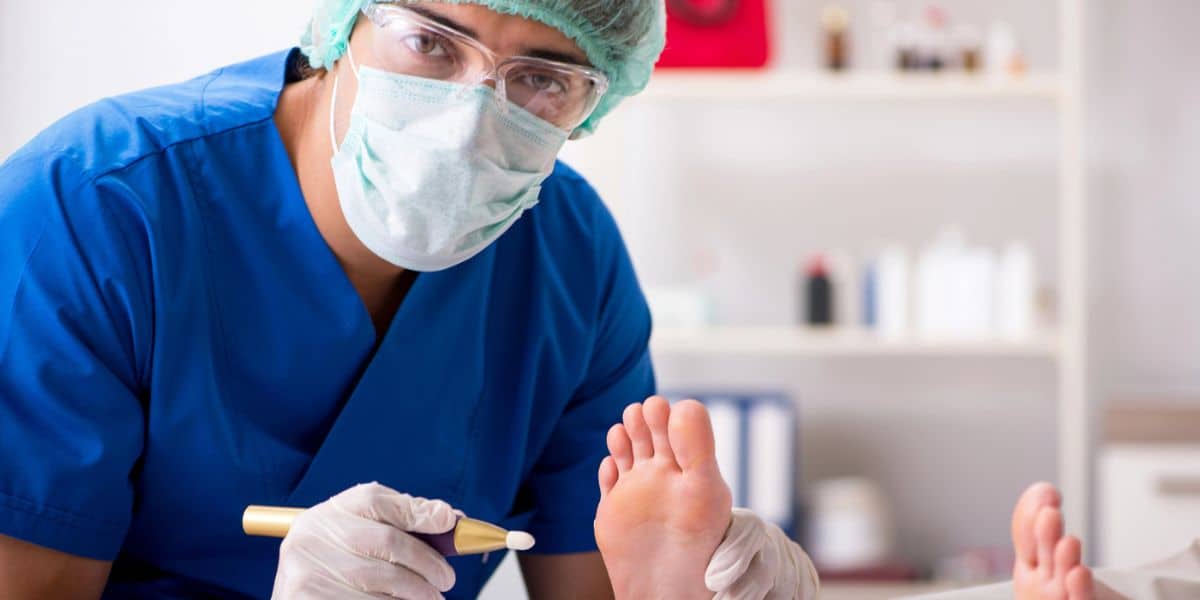 Listen Now
Should I See a Podiatrist or Orthopedist for Foot Pain and Ankle Problems?
Read More
Listen Now
Should I See a Podiatrist or Orthopedist for Foot Pain and Ankle Problems?
Read More
-
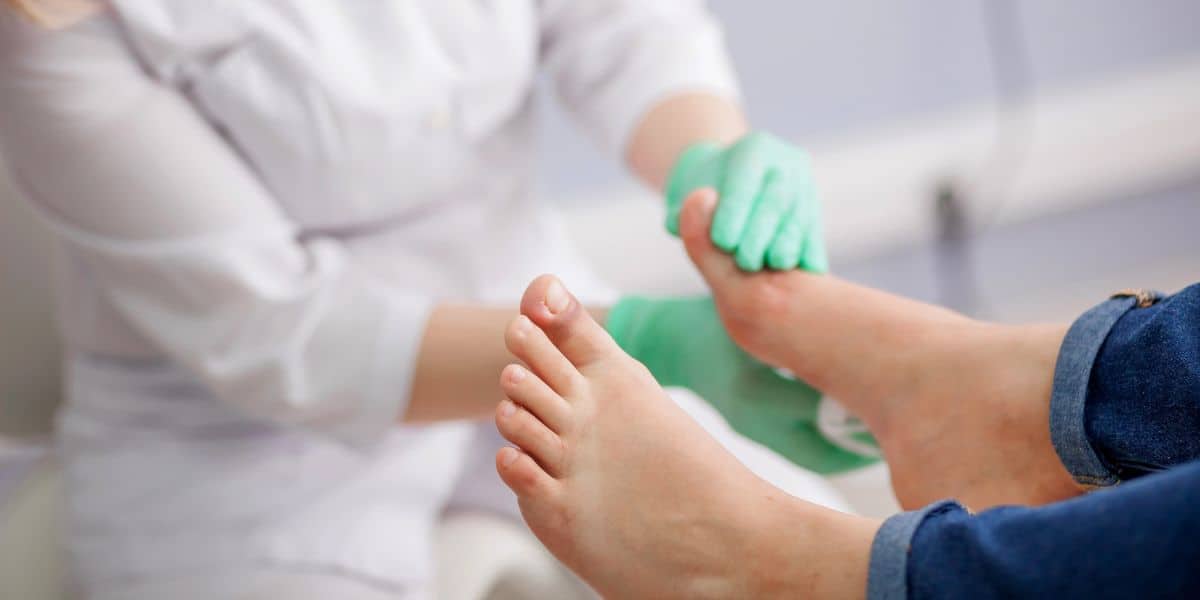 Listen Now
Non-Surgical Treatment for Plantar Fasciitis – What Are Your Options?
Read More
Listen Now
Non-Surgical Treatment for Plantar Fasciitis – What Are Your Options?
Read More
-
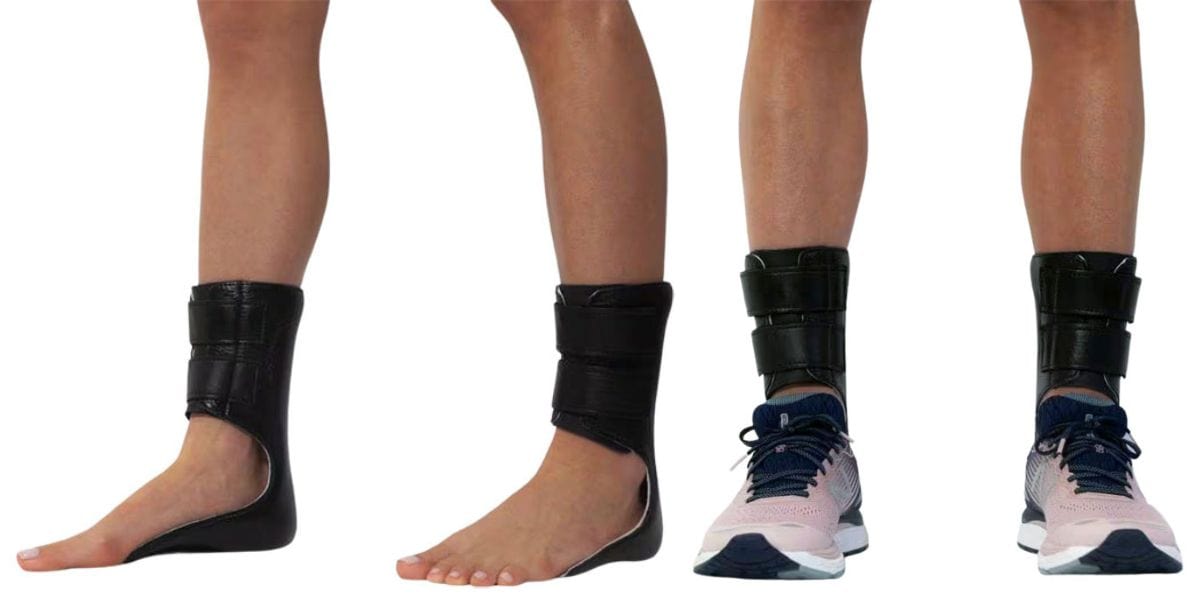 Listen Now
Moore Balance Brace: Enhance Stability and Prevent Falls for Better Mobility
Read More
Listen Now
Moore Balance Brace: Enhance Stability and Prevent Falls for Better Mobility
Read More
-
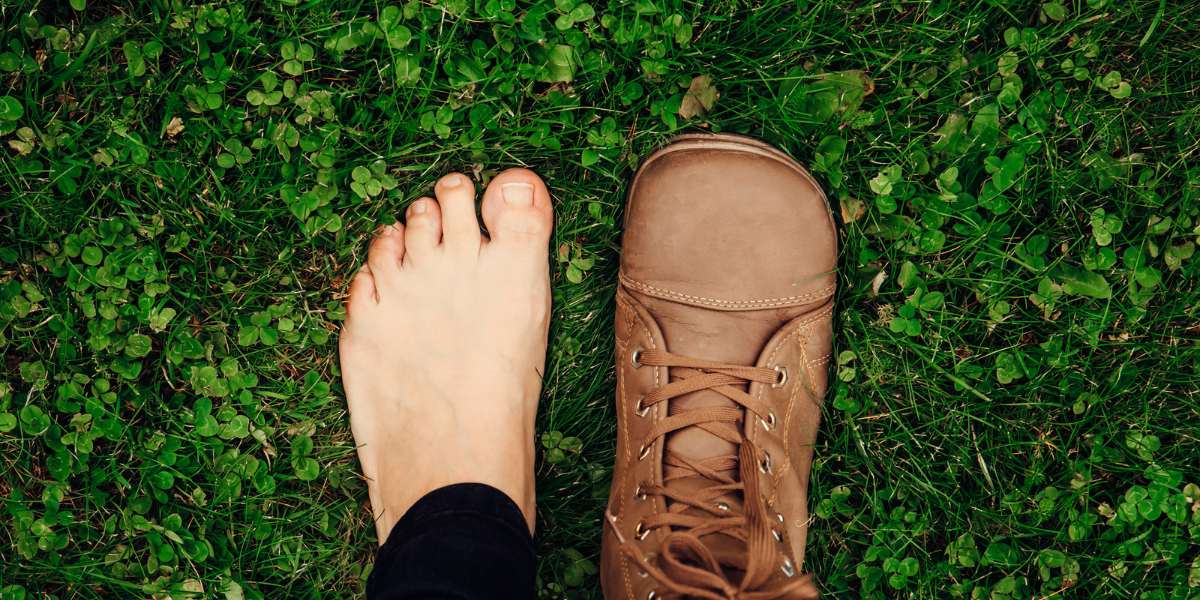 Listen Now
How To Tell If You Have Wide Feet
Read More
Listen Now
How To Tell If You Have Wide Feet
Read More
-
 Listen Now
Is Bunion Surgery Covered By Insurance?
Read More
Listen Now
Is Bunion Surgery Covered By Insurance?
Read More
-
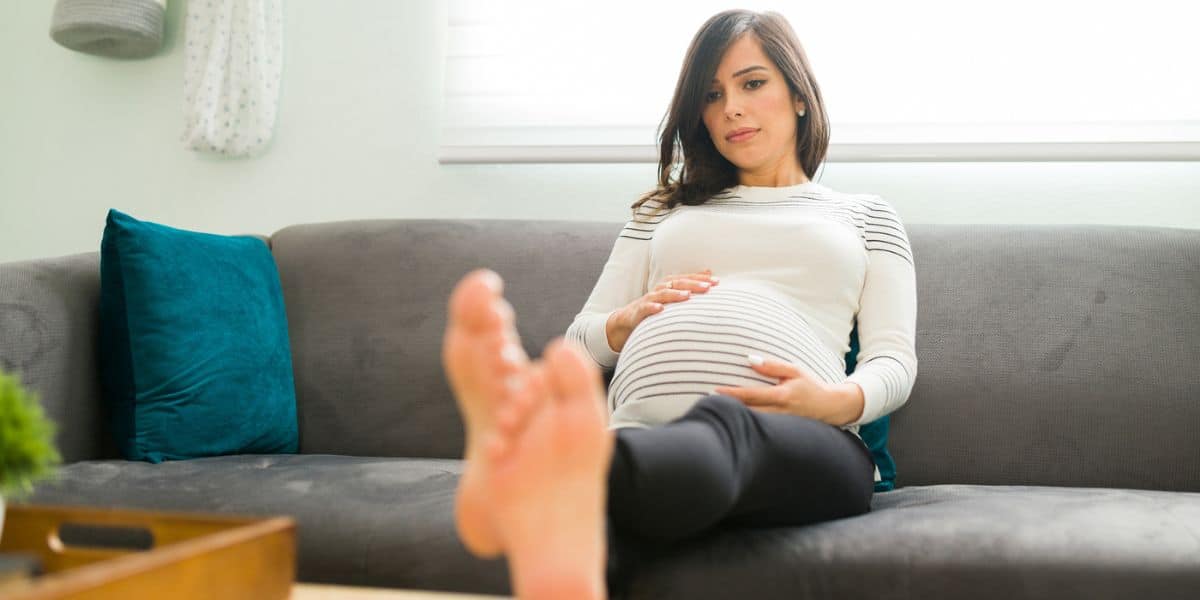 Listen Now
Swollen Feet During Pregnancy
Read More
Listen Now
Swollen Feet During Pregnancy
Read More
